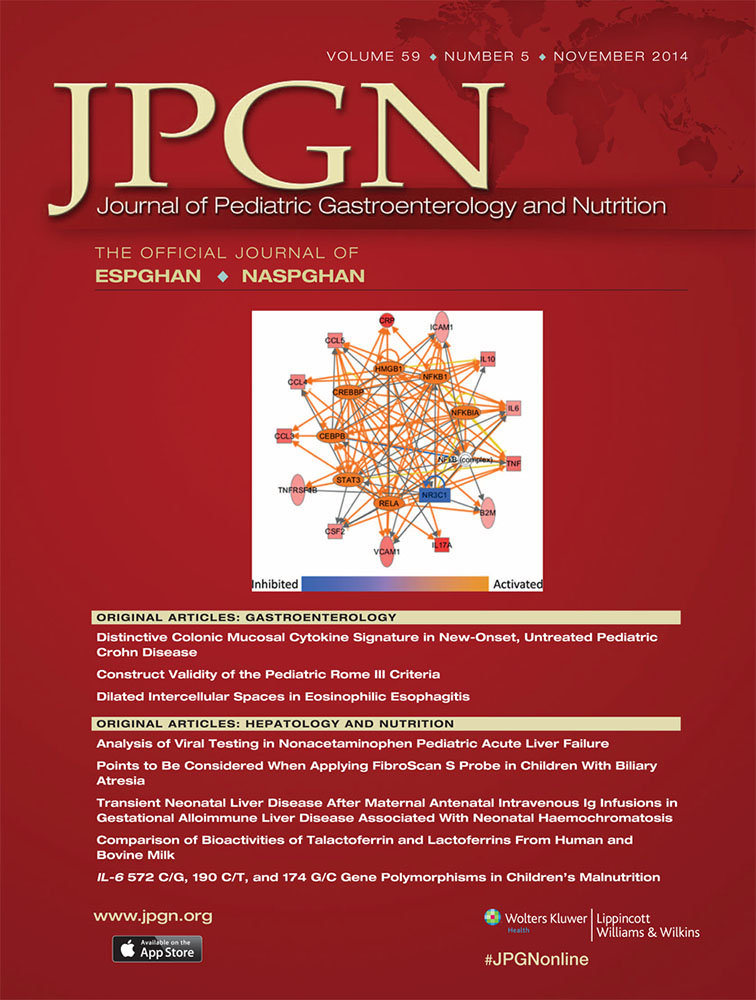Liver Transplantation for Classical Maple Syrup Urine Disease
Long-Term Follow-Up
The authors report no conflicts of interest.
ABSTRACT
Objectives:
The aim of the study was to evaluate indications, results, and clinical and neurological evolution in children who have undergone liver transplantation for classical maple syrup urine disease (MSUD).
Methods:
Descriptive study of liver transplantation for MSUD between 1991 and 2012. Eight patients were transplanted.
Results:
Indications for transplant were poor metabolic control expressed as significant psychomotor disabilities (4 had psychomotor delays, 5 had spasticity, and 5 had epilepsy) and poor quality of life (mean number of acute metabolic decompensations and mean number of total hospitalizations before transplantation 5 and 12, respectively). Four required nasogastric tube, with a maximum 4 g/day protein-restricted diet in all of them. Seven sustained significant alterations in brain magnetic resonance imaging. Mean leucine and alloisoleucine levels were 608 (standard deviation [SD] 516) and 218 μmol/L (SD 216), respectively. All of the patients received transplants with deceased-donor livers, with ages between 1.5 and 2.5 years (mean 1.78 years). Mean posttransplantation follow-up period was 12.2 years (range 5–21 years). Final patient and graft survival was 87.5% and 75%, respectively. Following transplantation, none required hospitalization in the last 3 years nor did any have new acute metabolic decompensations following a normal diet. Five followed normal schooling, 2 had motor disabilities, and 2 had convulsive crises. Brain magnetic resonance imaging was taken in 4 patients, showing neuroimage improvement in 3 of them. Mean leucine levels were <350 μmol/L from the immediate posttransplantation period (mean 225 μmol/L, SD 78), with a maximum alloisoleucine level of 20 μmol/L.
Conclusions:
Liver transplantation is an effective treatment for classical MSUD that arrests brain damage, although it does not reverse the process.




